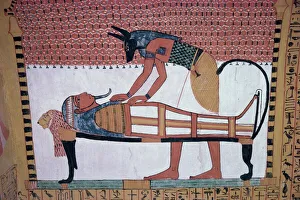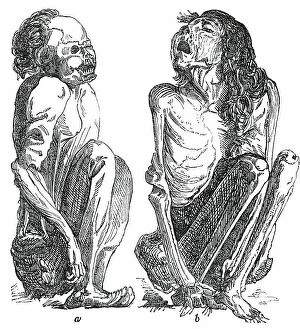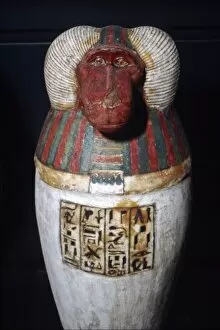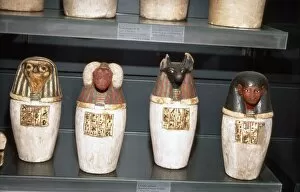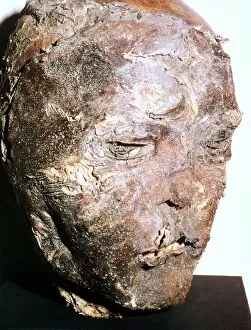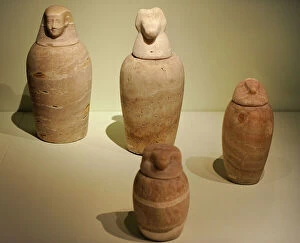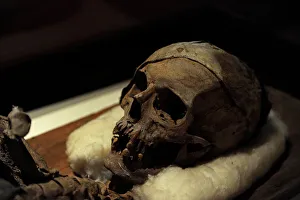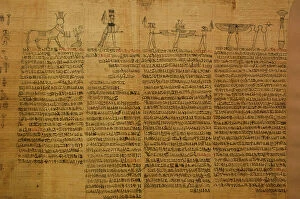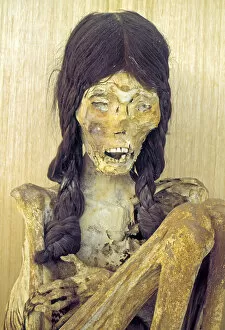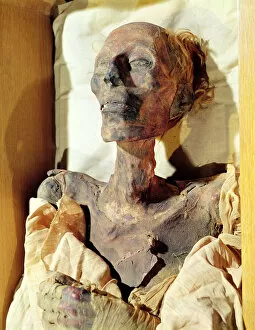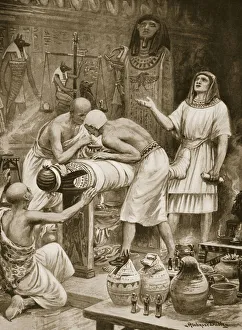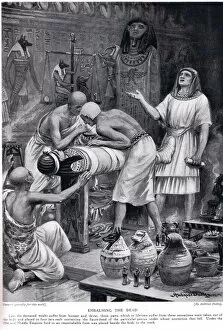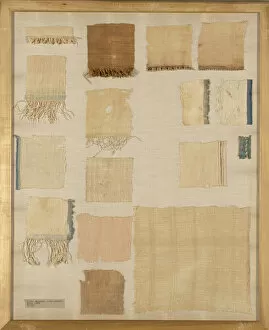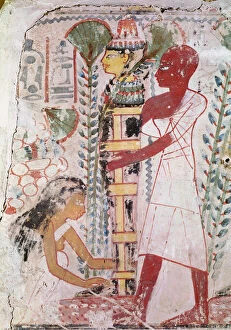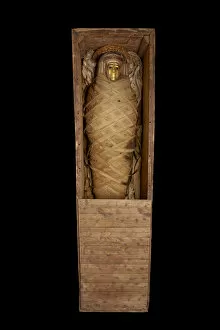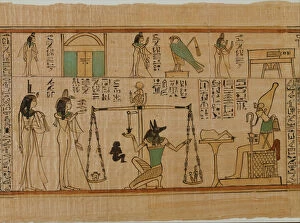Mummification Collection
"Mummification: Unveiling the Ancient Art of Preserving Life Beyond Death" Step into the mesmerizing world of mummification
All Professionally Made to Order for Quick Shipping
"Mummification: Unveiling the Ancient Art of Preserving Life Beyond Death" Step into the mesmerizing world of mummification, where ancient civilizations sought to conquer mortality. This captivating mural transports us to the Tomb of Sinjin, revealing a breathtaking scene depicting Anubis, the god of embalming and afterlife, tenderly leaning over the mummy of Ramses II. The meticulous process of embalming played a crucial role in preserving bodies for eternity. Traveling further back in time, we encounter a page from the Book of the Dead belonging to Hunefer during Egypt's 19th Dynasty. This sacred text provided guidance and protection for souls navigating their journey through the underworld. Venturing beyond Egypt's borders, we stumble upon Mexican mummies that offer an intriguing glimpse into another culture's approach to eternal preservation. Canopic jars stand as silent witnesses to Egyptian ingenuity - these intricately designed vessels held vital organs extracted during embalming rituals. The Mummy King Tabnit takes us back approximately 500 BC when this regal figure was laid to rest with utmost reverence. From 7th-century BC antiquity until today, fascination with Egyptian mummies persists as they continue enchanting visitors at Copenhagen's Carlsberg Glyptotek Museum. Not only humans were subject to this age-old practice; even feline companions found themselves immortalized in death. A small but significant artifact reveals a beloved cat transformed into an everlasting symbol of devotion. A fragment from an ancient papyrus known as "Book of the Dead" offers glimpses into religious beliefs surrounding life after death in Egypt—a testament to their profound spirituality and quest for immortality. Amongst all these historical wonders lies Ginger - not just any ordinary ginger root but rather a peculiar nickname given affectionately by archaeologists who discovered it within an Egyptian tomb. Its presence serves as a reminder that even seemingly mundane objects can hold secrets waiting to be unraveled.

